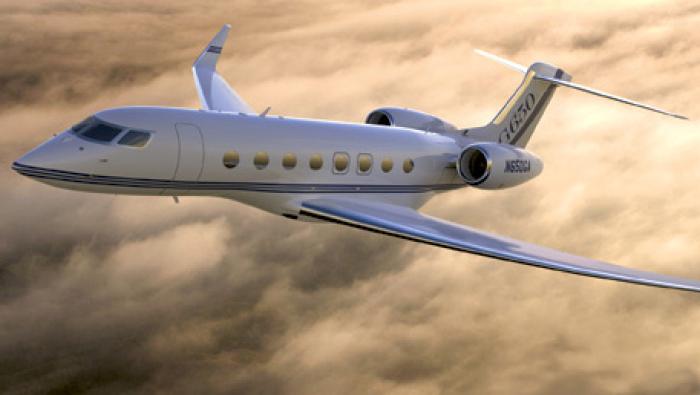Japan’s new fighter testbed was officially unveiled on January 28 and will make its first flight this month, officials said. Development of the X-2 has been led by Mitsubishi Heavy Industries, in what was previously known as the Advanced Technology Demonstrator-Experimental (ATD-X) program. The Japanese government’s Technical Research and Development Institute (TRDI) released images of the demonstrator 18 months ago, and organized the event at Komaki last week.
Neither the TRDI nor Mitsubishi released much new detail about the aircraft. However, the three-dimensional thrust-vectoring system was apparent for the first time, as a trio of deflectors on each exhaust. They apparently operate independently, in similar fashion to the X-31, a joint German-U.S. demonstrator that flew from 1990 to 1995.
Standard stealth design features were apparent at the unveiling, including forward-body and engine intake shaping, edge alignment, and smooth surface treatments. The X-2 is powered by twin XF5-1 turbofans that have specially developed by Ishikawajima-Harima Heavy Industries (IHI). Other new technologies that form part of the development reportedly include an active electronically scanned array (AESA) radar and optically signalled flight controls.
The X-2 has been under development for more than 10 years, and was first shown in mock-up form at the Japan aero show in 2008. Government officials previously predicted a first flight in 2014. A development cost of about $330 million has been quoted by Japanese media. This seems low, and presumably does not include the engine or avionics.
A production version designated F-3 could eventually replace the JASDF’s co-developed F-2 fighters, TRDI officials said, although a decision whether to proceed willnot be taken before 2018. In November 2014, the TRDI made public a series of design iterations for the F-3. Of note, Japan is planning to buy 42 Lockheed Martin F-35 Lightning II stealth fighters, with all except the first four to be produced in country.







